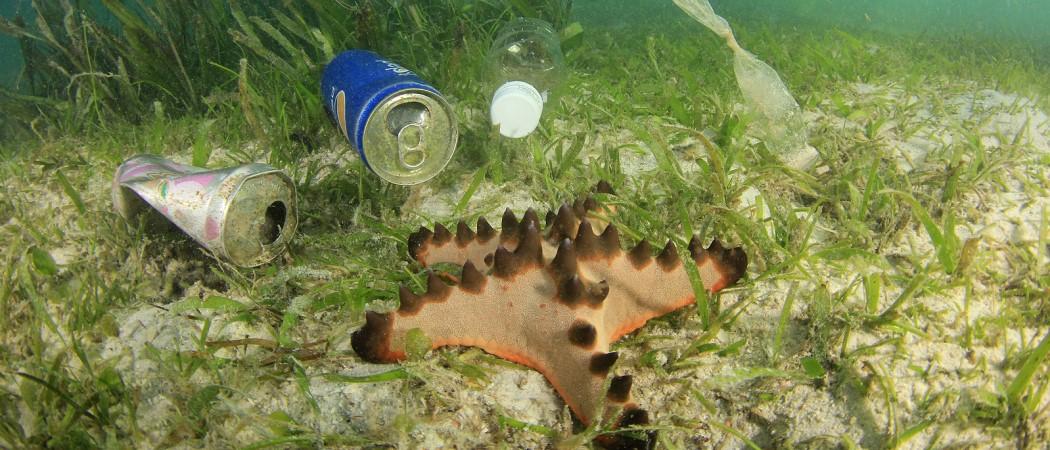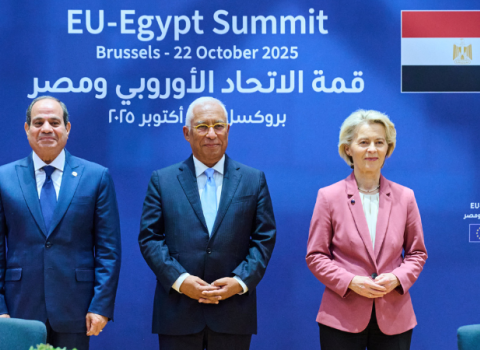Horizon Europe project sets 17 objectives and says citizens must be ‘emotionally involved’ in achieving them

Experts charged with defining objectives for the mission to restore the health of Europe’s oceans and waters say the 17 targets they have set won’t be met unless citizens are fully engaged.
“The point is to create emotion. If people are not emotionally involved, they will not do anything to change their behaviour,” Cristina Pedicchio, a member of the oceans mission board and researcher at Italy’s National Institute of Oceanography and Experimental Geophysics told Science|Business.
While researchers are learning more and more about oceans, people are not aware of their findings, due to what Pedicicchio called a widespread “out of sea, out of mind” mentality.
As one of the EU’s five new research moonshots that are due to get off the ground as part of Horizon Europe, the oceans mission wants to change this. One of its main aims is to create a buzz around complex challenges such as microplastics pollution, protecting biodiversity and making water sources resilient to climate change, to inspire action to tackle them.
The mission board of 15 experts that set out the 17 goals which Europe must meet to restore the health of its waters calls the project ‘Mission Starfish’.
While the number and range of targets makes the mission complicated, the board wants to ensure it is accessible. “Our mission is so detailed, but we are trying to make it easy,” says mission board member and former MEP Gesine Meißner.
That led the board to select the starfish emblem. The widely recognised sea creature is meant to help people develop an emotional connection with the sea, which will be an essential part of building momentum to translate research into action.
The 17 goals are spread across five main topics, or arms of the starfish. These are: filling the knowledge and emotional gap; decarbonising oceans; eliminating plastic and sound pollution; regenerating marine ecosystems; and revamping ocean governance.
The mission board estimates the EU, member states and the public sector will have to invest around €500 billion to reach them all.
The emotional connection will be nurtured through blue schools, blue Erasmus+, a blue European master’s degree programme, and in events and demonstrator projects in the cultural sector.
There will be a special effort to involve children with Mission Starfish, Meißner said. “If you can explain it to children and make them motivated, then you have everyone, so to say.”
“On one side, the mission shall be very emotional, and on the other side shall have targets that are clear and achievable,” said Meißner, a former chair of the European Parliament’s intergroup on seas, rivers, islands and coastal areas.
Pedicchio believes people are willing to learn about the sea and can create an emotional bond with it. Her research institute recently carried out a survey with 1,500 respondents on their attitudes to seas and oceans. When asked if they would agree to pay more taxes to help save European waters, 44 per cent of respondents said they would.
Research goes beyond the mission
The mission’s targets include clearing all plastic litter from European waters, starting with a pilot in the Mediterranean. By 2030, the board also hopes to have 30 per cent of EU waters highly to fully protected, to have regenerated 20 per cent of degraded seabed habitats, and to reduce underwater acoustic pollution by 50 per cent.
Research will underpin the effort to reach these targets. “Research and innovation will be the main focus of all the aspects,” said Pedicchio.
A few weeks ago, the commission launched the last big call under the current EU research programme, Horizon 2020, for European Green Deal projects, which will cover some the mission’s research, says Pedicchio.
As part of the call, the commission is looking for bids to start creating a digital twin computer model of Europe’s oceans.
The digital twin of Europe’s, and eventually all oceans, will be used for monitoring and research, including simulations of how different interventions affect the marine environment. The mission board estimates it will cost €60 million to develop this research tool.
“It is a really big challenge because you need physical, chemical, biological information, and to put together this information is complicated,” said Pedicchio. “Then, to this ecosystem, you have to add the economic aspects.”
Meißner says there is some concern whether there will be enough funding for oceans research after EU leaders slashed the budget of Horizon Europe to €80.9 billion, €10 billion less than the commission had proposed. “That is another issue we have to think about,” she said.
However, Pedicchio is convinced the European Commission will continue funding research relevant to Europe’s waters through Horizon Europe and other programmes.
While oceans have been on Europe’s research agenda for years, “the mission is mainly a way to focus attention, to concentrate on the main aspects and to reflect,” said Pedicchio. “If there is not the label mission, something will be there for sure […] It will never disappear [off the commission’s priority list] because it represents the main problem of our society.”
Waiting for a green light
The commission’s final judgement on the oceans mission is expected in December.
Meißner hopes the mission could start next year with the help of Europe’s €750 billion recovery package.
Pedicchio is optimistic but notes that while former EU research commissioner Carlos Moedas was very much committed to the work, Europe is now dealing with the COVID-19 crisis, which means it is shifting investments towards more urgent needs.





 A unique international forum for public research organisations and companies to connect their external engagement with strategic interests around their R&D system.
A unique international forum for public research organisations and companies to connect their external engagement with strategic interests around their R&D system.